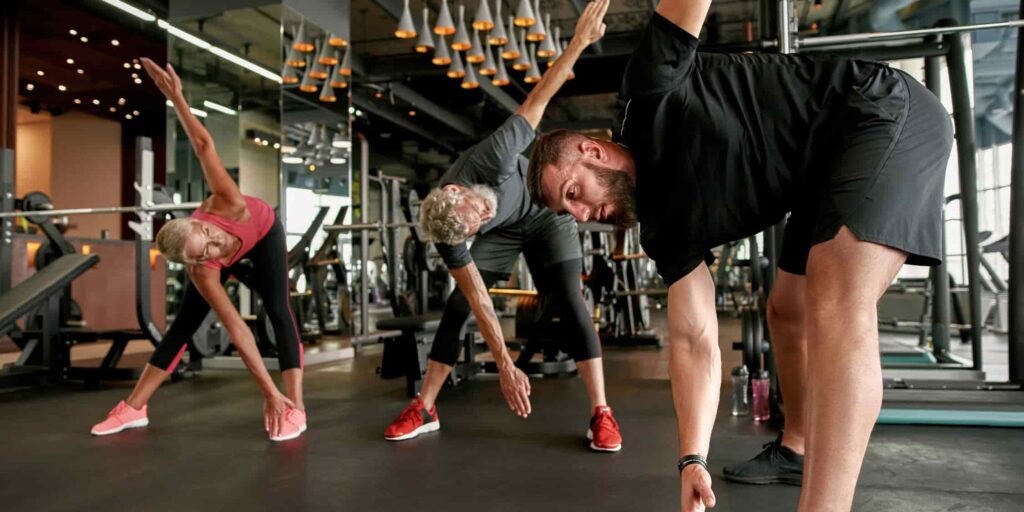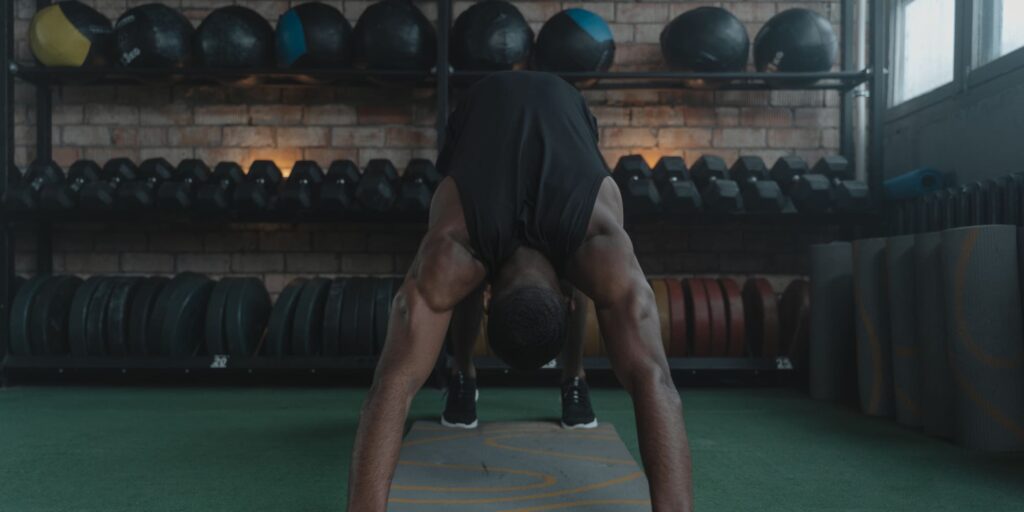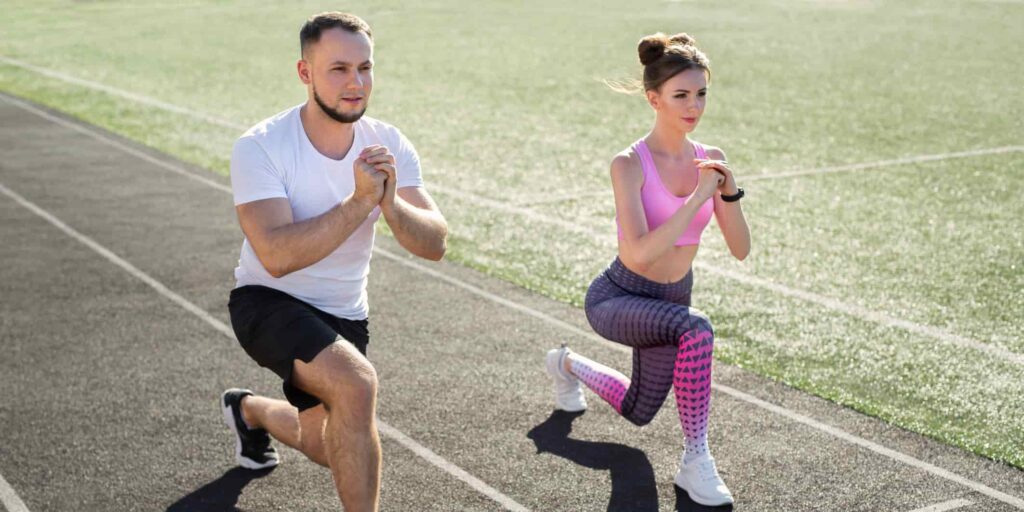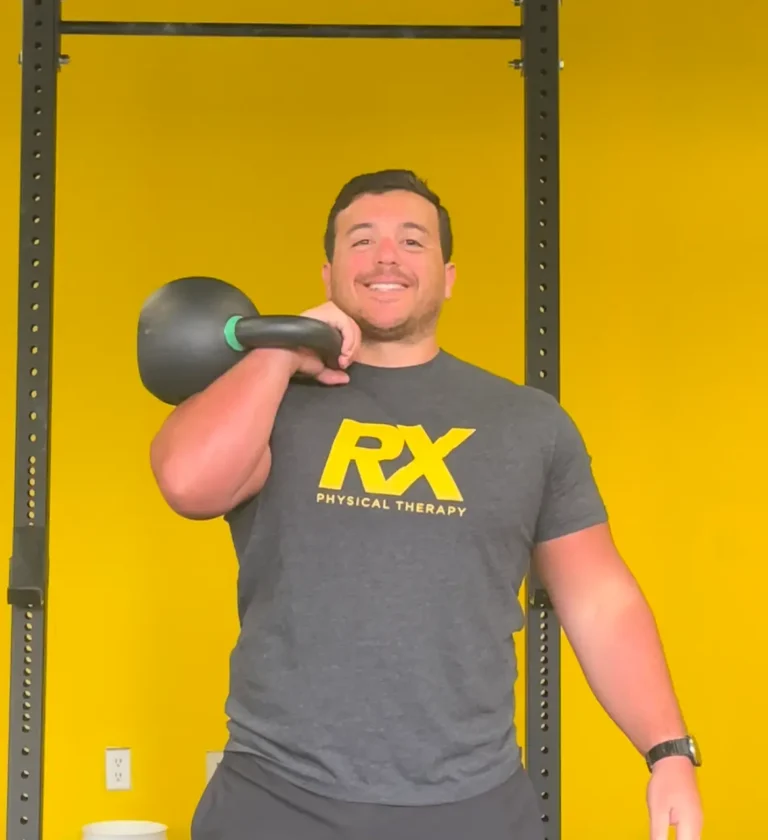If you’re an athlete seeking to improve your Olympic weightlifting exercises, understanding the value of mobility cannot be overstated. As the foundation for efficient and powerful movement, mobility training is essential in maximizing your weightlifting performance. In this guide, we’ll delve into seven key mobility exercises designed specifically to enhance your Olympic weightlifting skills.
These targeted exercises are a blueprint for cultivating a more versatile and robust athletic frame. They focus on individual body parts crucial to lifting mechanics, helping you achieve a greater range of motion, better stability, and enhanced lifting power. Whether your goal is to master the snatch or the clean and jerk, these mobility exercises can unlock your full potential. Let’s begin the journey to elevate your performance to unprecedented heights.
Why Mobility Matters in Olympic Weightlifting
The significance of mobility in weightlifting lies in its capacity to increase your range of motion and joint flexibility. You might struggle to maintain proper form during intense lifting exercises without adequate mobility, potentially resulting in injury. Not only does this enhance your overall performance, but it also contributes to preventing injuries, a critical aspect in any sports rehabilitation program.
Exercise 1: Dynamic Warm-Up Routine

Before delving into the specific mobility exercises for Olympic weightlifting, it’s crucial to kick-start your workout with a dynamic warm-up routine. Initiating your session with movements like jumping jacks, high knees, and lunges can help increase your heart rate and promote better blood flow. This is your body’s natural way of preparing for the physical activity ahead, readying your muscles and joints for the exercise.
Following the initial warm-up, it’s equally important to transition into dynamic stretches. Leg swings and arm circles are just a couple of examples of effective dynamic stretches. These movements offer many benefits, from improving flexibility to increasing mobility and muscle temperature. Additionally, they enhance neuromuscular coordination and stimulate the nervous system, optimizing your body’s functionality for intensive weightlifting exercises to follow.
Exercise 2: Ankle Mobility Drill

Ankle mobility is critical for maintaining balance and stability. Try doing heel raises or downward dog stretches. These drills improve your ankles’ range of motion, enabling you to execute lifts with better form. Enhancing ankle mobility can also assist in generating more power during lifts and provide a solid base for demanding weightlifting movements. The importance of ankle mobility often goes overlooked, but remember, solid foundations lead to taller buildings – the same applies to your weightlifting performance.
Exercise 3: Hip Mobility Exercise

For a successful snatch or clean and jerk, hip mobility is critical. Squats and lunges are excellent mobility exercises for weightlifting that target your hips. A deep squat hold, for instance, stretches your hip muscles and promotes improved flexibility. With enhanced hip mobility, you can achieve deeper and more efficient squats, and the improved range of motion enables faster transitions between the phases of lifts. Keep in mind that well-conditioned hip mobility is an invaluable asset that contributes to powerful and fluid movements necessary for weightlifting.
Exercise 4: Shoulder Mobility Exercise
Olympic weightlifting places significant strain on your shoulders. Shoulder dislocates (using a resistance band or broomstick) and arm circles are excellent ways to increase shoulder mobility. These exercises enhance your capacity to lift heavier weights overhead with increased stability and control. Furthermore, by fostering better shoulder mobility, you also reduce the risk of overuse injuries common in the sport. Remember, weightlifting is as much about prevention and longevity as it is about power and performance.
Exercise 5: Thoracic Spine Mobility Exercise
Enhancing thoracic spine mobility is vital to maintaining an upright posture during lifts. Try thoracic extensions over a foam roller. This exercise reduces the risk of injury, helps to maintain proper form, and increases the overall efficiency of your weightlifting performance. Additionally, an agile thoracic spine can aid in better barbell positioning and mitigate undue stress on your lower back. With time and consistency, you’ll notice these exercises are the unsung heroes of your progress in weightlifting.
Exercise 6: Wrist Mobility Exercise

With the high demand for grip strength and wrist flexibility that weightlifting demands, wrist mobility cannot be overlooked. Exercises like wrist circles and stretches, or simply flexing and extending your wrists, can significantly improve your lifts. By honing your wrist mobility, you can achieve a more secure and effective grip on the barbell, which translates into a more controlled lifting movement. Don’t underestimate the importance of the wrists, as they serve as the primary link between you and the weight you’re lifting.
Exercise 7: Core Stability Exercise
While not often recognized as a ‘mobility exercise’, core stability is vital for effective weightlifting. Planks, dead bugs, or hollow holds are all excellent for increasing core strength and stability. This enhances your lifting capabilities while also protecting your lower back. A strong core acts as your body’s powerhouse, enabling force generation and control during lifts. Moreover, it provides a sturdy axis around which all other muscles can work, making your weightlifting exercises safer and more efficient.
Your Takeaway Points
Whether you’re a beginner or a seasoned weightlifting pro, incorporating these mobility exercises into your training regimen can greatly enhance your performance. They will not only help in improving your mobility but will also contribute to injury prevention.
In addition to practicing these exercises, it’s vital to pay attention to your body and its responses. Rest and recovery are just as important as active training. Ensure you’re getting adequate nutrition to fuel your workouts and promote muscle recovery. And remember, it’s okay to have off days. Listen to your body and adjust your routine as necessary because sustainable progress is better than short-lived victories.
Like any other athletic endeavor, weightlifting requires dedication, consistency, and a keen focus on technique. The mobility exercises described here are integral to a holistic training approach that balances strength, flexibility, and stability. Keep in mind that while progress may be gradual, every small step is a victory. For further guidance and more information, Team USA is a valuable resource to assist you in your Olympic weightlifting journey.
Stay patient, stay determined, and watch your performance skyrocket.


